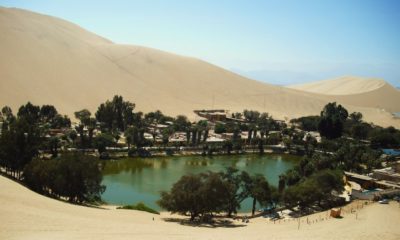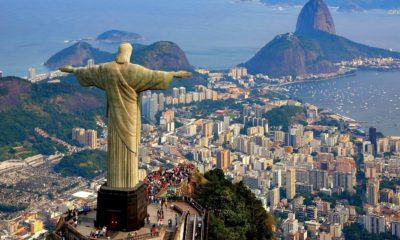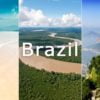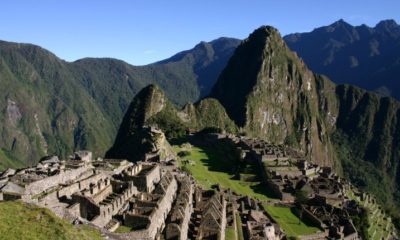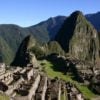South America
Backpacking Colombia Need To Know
Basics
Language:
Capital:
Currency:
|
Dial Code:
International Access Code:
Emergency Services Number:
Time Difference:
|
Entry
Citizens of most countries (including all EU countries, The US, Canada, Australia and New Zealand) do not need a visa for 90 days.
You may need to provide evidence of return or onward travel.
Your passport should be valid for a minimum period of 6 months from the date of entry into Colombia.
For official information visit your home government travel bureau.
Getting Around
More detail is to come in this section, but you can read about general advice regardingGetting Around When You Get There
Recommended For Further Information
If you are heading to multiple destinations in South America I highly recommend picking up a copy of Lonely Planet’s; South America On A Shoestring. It provides the most relevant, up-to-date advice on what to see and skip, how to get around, where to stay, and how to optimise your budget for an extended continental trip…

Accommodation
Colombia has plenty of hostels in major towns, cities and tourists areas.
The average price of a hostel is 17-50 Pesos (£5-15) a night. Hotels can also be relatively cheap, but vary in quality.
All hostels in Colombia will provide linen and bathroom facilities. Usually there will be cooking and internet facilities as well as common and laundry rooms.
Read more about Accommodation When You Get There and Living in Hostels
Food And Health
Food hygiene and safety in Colombia is satisfactory, but is not up to Western standards. Use your instincts; if the place looks dirty, don’t eat there; if your food isn’t piping hot, don’t eat it.
Water is generally not safe to drink, so it is best to buy bottled or boil and avoid ice in drinks.
Medical facilities in Colombia vary widely in quality. Make sure you have adequate travel health insurance and accessible funds to cover the cost of any medical treatment abroad and repatriation.
Always contact your GP around 8 weeks before your trip to check whether you need any vaccinations or other preventive measures. Visit here for Recommended Vaccinations and read here for more about Travelling Health In General
Weather & Time To Go
The coast, eastern plains, and Amazon have a tropical climate; whilst the highlands are cold and dry.
Communications
Internet and wifi is widespread and is accessible in most hostels and hotels. International calling cards are also cheaply available.
Dangers And Considerations
Crime levels are high.
Colombia is becoming a safer country to travel to, particularly the beautiful coastal areas along the Caribbean Sea. However Guerrilla movements including FARC and ELN are still operational in large parts and violent attacks occur more commonly than in other parts of South America.
Therefore travel is advised against to large parts of Colombia, and dangers constantly change, so always check with your foreign office (British Foreign Office webpage) or travel advice bureau before travelling for official advice.
Colombia is clamping down hard on drugs, so don’t get involved with illegal drugs of any kind. Colombian drug trafficking detection methods are sophisticated and anyone attempting to traffic drugs should expect to be arrested. Conviction leads to severe penalties.
Volcanic eruptions, earthquakes and landslides are always a possibility in Colombia, so familiarise yourself with safety procedures.
Colombia has a large amount of land mines, so stick to the beaten path.
Leave your passport in a hotel safe or security box and keep a photocopy of the details page with you at all times.
Read more about Safety And Security here
Respecting Culture
Colombia is more formal than other parts of Latin America, so ensure to say por favor (please) and muchas gracias (thank you).
Remember that the drug trade in Colombia has ruined many innocent citizens’ lives and tarnished the country’s reputation, so any comments are unlikely to be welcomed.
Colombians sometimes point to objects by pouting their lips and lifting their chin, so don’t assume that people are blowing kisses to you when you ask for directions.
You might be called “gringo” or if you are of black race or dark skinned a “negro”, but it’s not meant to be offensive and is used in a friendly way (negro is Spanish for black).



